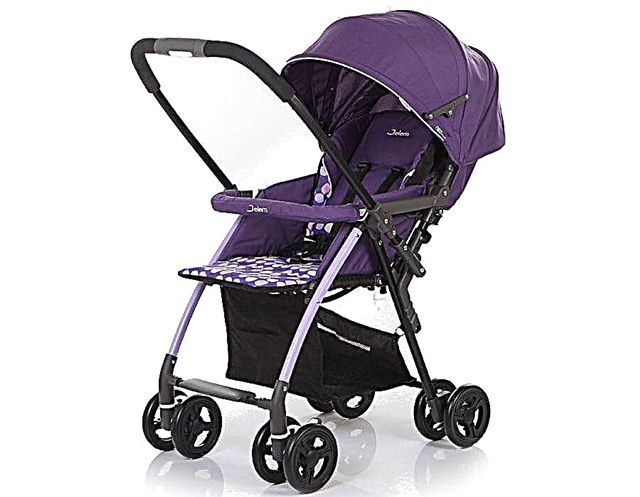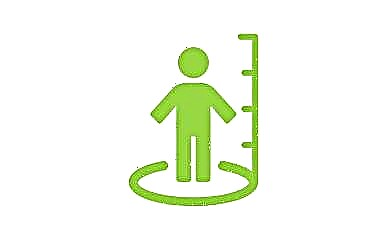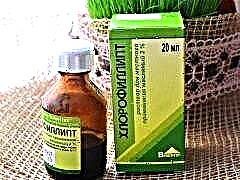
Children encounter pathogenic bacteria every day, but in the first year of life, their immunity is not yet strong enough to cope with the attack of microbes. And therefore, babies can develop various infections. To eliminate them, it is often impossible to do without the use of antibiotics, but in some cases you can limit yourself to antiseptic agents, among which "Chlorophyllipt" is very popular.
Such a herbal medicine is able to affect bacteria, but does not harm the body of the crumbs, therefore it can be used from birth. Let us consider its properties and reasons for use in nursing infants in more detail.

Features of the drug
In pharmacies you can find several dosage forms of "Chlorophyllipt", but only two of them are suitable for babies. The first is an alcohol solution with a concentration of 1%, which is presented in bottles with a capacity of 25-100 ml. This medicine is transparent and has a green color.
The second form of the drug, which is also often prescribed to infants, is represented by a 2% oil-based solution. This "Chlorophyllipt" is packaged in bottles of 20-30 ml, also has a green color and smells like eucalyptus. The smell of the medicine is due to its main ingredient - the extract of globular eucalyptus, obtained from its leaves. In addition to it, the oil solution contains only vegetable oil, which is usually sunflower oil.
The same extract is the main ingredient of the alcohol solution, and the auxiliary substance in such a medicine, as the name implies, is represented by 96% ethyl alcohol. Due to the presence of chlorophylls and other substances in the extract, "Chlorophyllipt" is capable of destroying pathogenic microbes (especially staphylococcus), which has been used by doctors for many years.
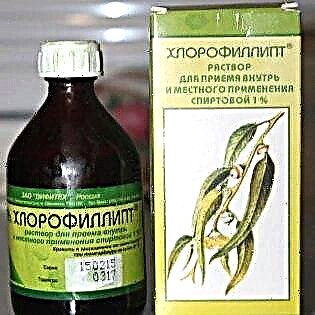
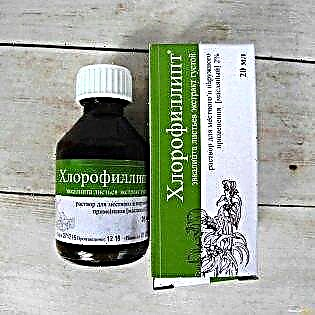
When is it prescribed?
One of the common reasons for using "Chlorophyllipt" in newborn babies is the treatment of the umbilical wound. The lack of staining of the skin after lubrication, antimicrobial effect and safety for babies distinguish this remedy from other antiseptics and antibacterial drugs.
To lubricate the navel, an alcohol solution is used, which can also be used to treat the baby's skin after mosquito bites, with a pruritus, when abrasions or scratches appear.

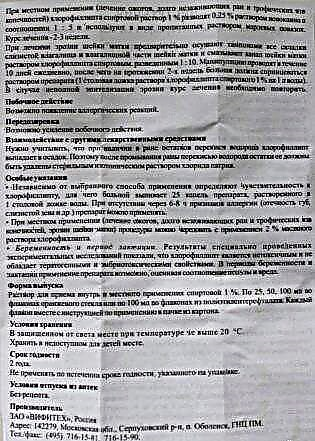
As for "Chlorophyllipt" in oil, then in childhood such a remedy can be used in such situations:
- for treating the skin if it is burned or the wound does not heal for a long time;
- for instillation in the nose for colds and runny nose;
- to lubricate the throat and inhalation if the crumbs have a sore throat or cough;
- for treating the oral cavity with stomatitis;
- for oral administration with staphylococcus in the intestine.
With all these indications, a doctor should prescribe an oil solution to a baby up to a year. It is unacceptable to give the drug to the baby to drink or drip into the nose on his own.
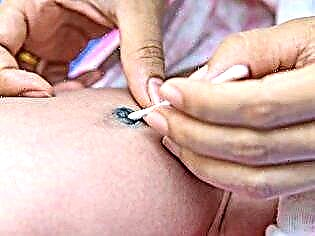
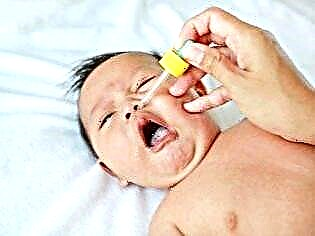
Instructions for use
The method of using "Chlorophyllipt" depends on the reason for the appointment of such a drug.
- If the agent is indicated for treating the umbilical wound, it is applied twice a day - first in the morning, when hygiene procedures are performed, and the second time in the evening, after the baby is bought. Before smearing the navel with an alcohol solution, it is treated with hydrogen peroxide to remove the crusts. Then, using a cotton swab, apply "Chlorophyllipt" to the wound and let it dry a little.
- If the crumbs have prickly heat, then the affected areas are wiped with a cotton pad moistened with alcohol solution. This treatment is carried out from 2 to 4 times a day, diluting "Chlorophyllipt" before each procedure with plain water or saline.
- In the presence of scratches and other minor skin lesions, as well as in case of insect bites, it is necessary to apply "Chlorophyllipt" on an alcohol basis to the affected areas. The treatment is performed several times a day until the skin heals.
- When using the medicine in the nose, the nasal passages are first cleaned, for example, with an aspirator or instillation of saline. Then one drop of oil "Chlorophyllipt" is injected into each nostril as often as the ENT doctor prescribes.
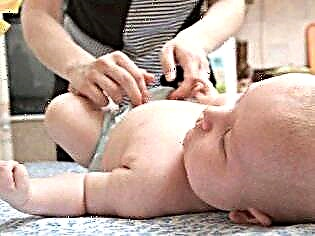
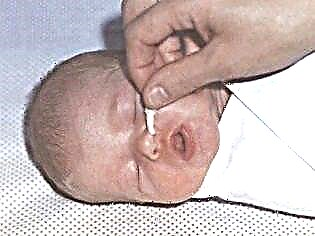
- If the baby has a sore throat or other lesion of the throat, it is recommended to moisten a cotton swab with "Chlorophyllipt" in oil and process the tonsils 2 times a day. If it is impossible to carry out such a manipulation, which usually requires two adults at once, you can drop a few drops of the solution into your mouth, trying to get on the back of the tongue.
- For thrush in the mouth or gingivitis, the oil solution is applied to a gauze swab or cotton swab, after which the mucous membrane is dotted (only inflamed areas). If the doctor prescribed to take "Chlorophyllipt" inside, the agent is diluted with mother's milk or water and given to the baby in the dosage determined by the specialist for a particular small patient. In some cases, enemas are also used.
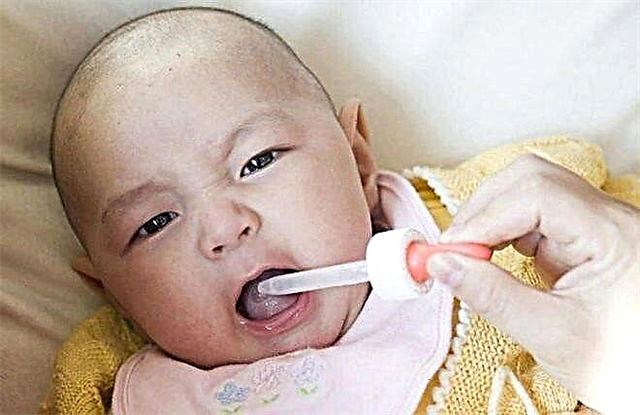
Potential harm
When treated with Chlorophyllipt, some babies, judging by the feedback from their parents, develop an allergic reaction.
To identify intolerance in a baby, a sensitivity test must be done before using the solution. It involves ingesting a few drops of an oil solution or lubricating a small area of the skin with an alcohol solution. In the absence of swelling, redness or rash, further use of "Chlorophyllipt" is allowed.
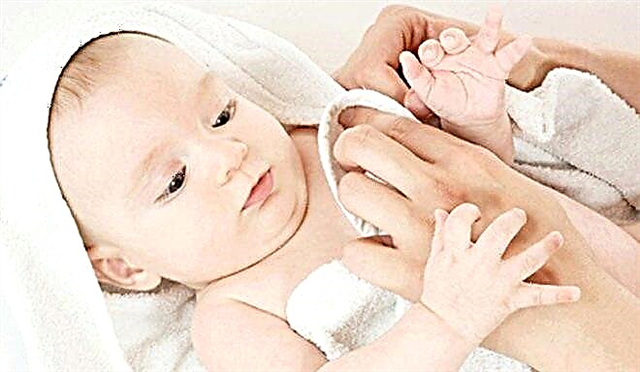
The drug does not cause other negative effects, therefore hypersensitivity is the only contraindication.
According to doctors, this is a harmless and effective remedy, but it should be used carefully in infants and only according to indications. The popular doctor Komarovsky thinks so. He talks more about oil drops in the next video.

